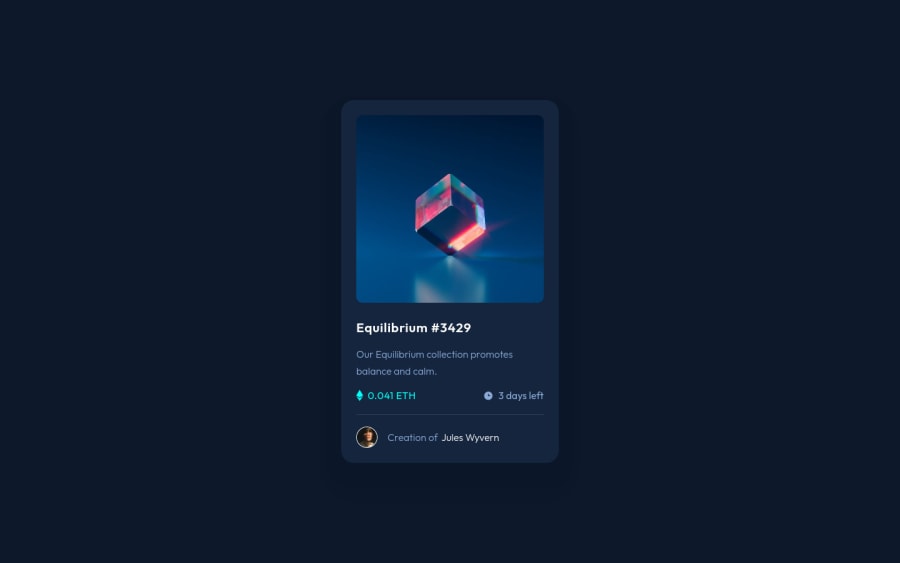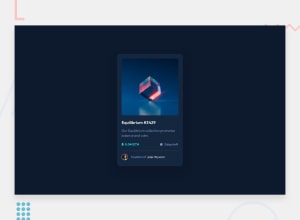
Design comparison
SolutionDesign
Solution retrospective
I found stacking elements in order to get a hover-over transparency effect difficult. It took me a while to figure out the relative and absolute positioning stuff. This one felt far better to me than my last challenge, though.
I'm not certain about my font size between desktop and mobile. How much should you change font size between platforms, if at all? Thank you for any feedback.
Community feedback
Please log in to post a comment
Log in with GitHubJoin our Discord community
Join thousands of Frontend Mentor community members taking the challenges, sharing resources, helping each other, and chatting about all things front-end!
Join our Discord
